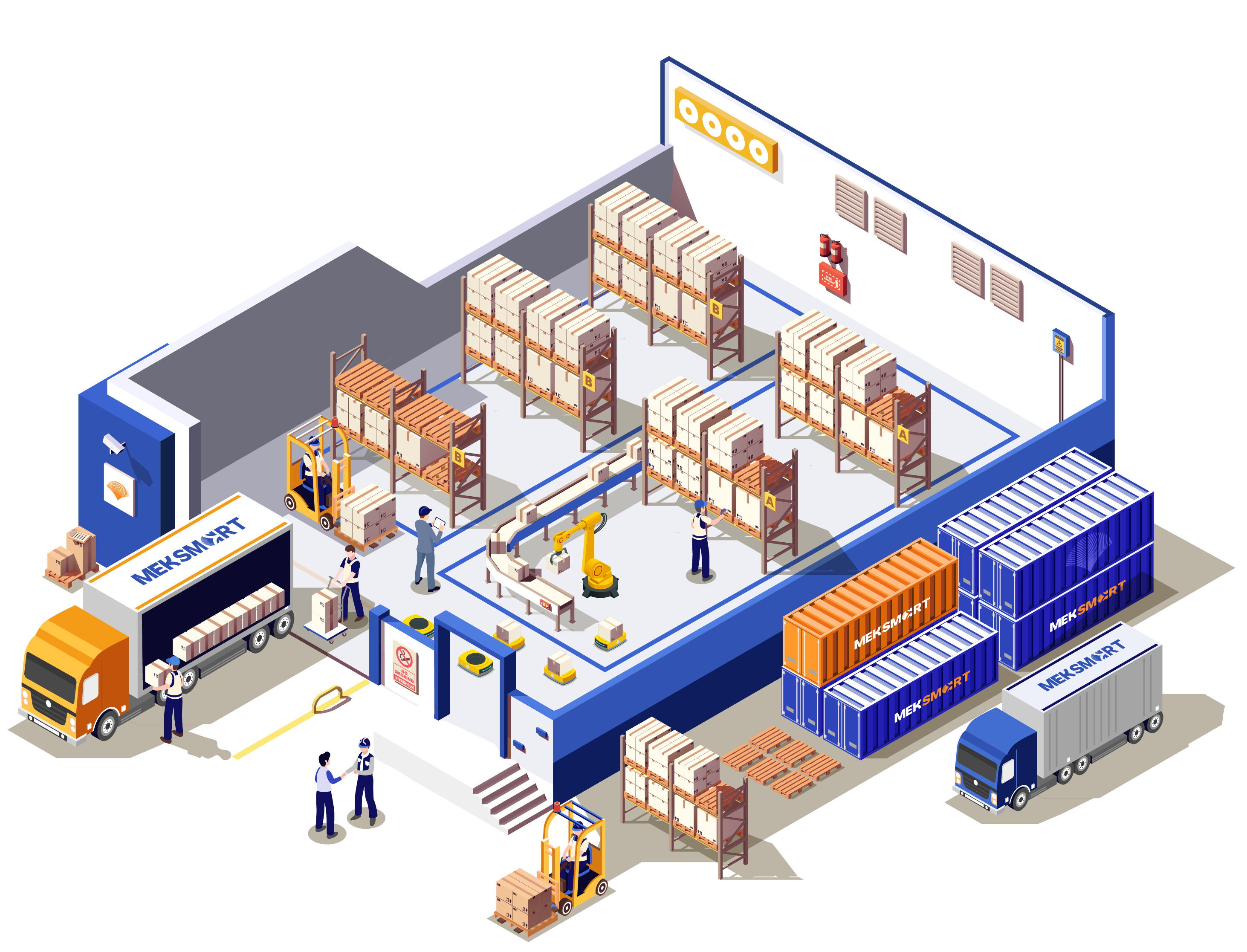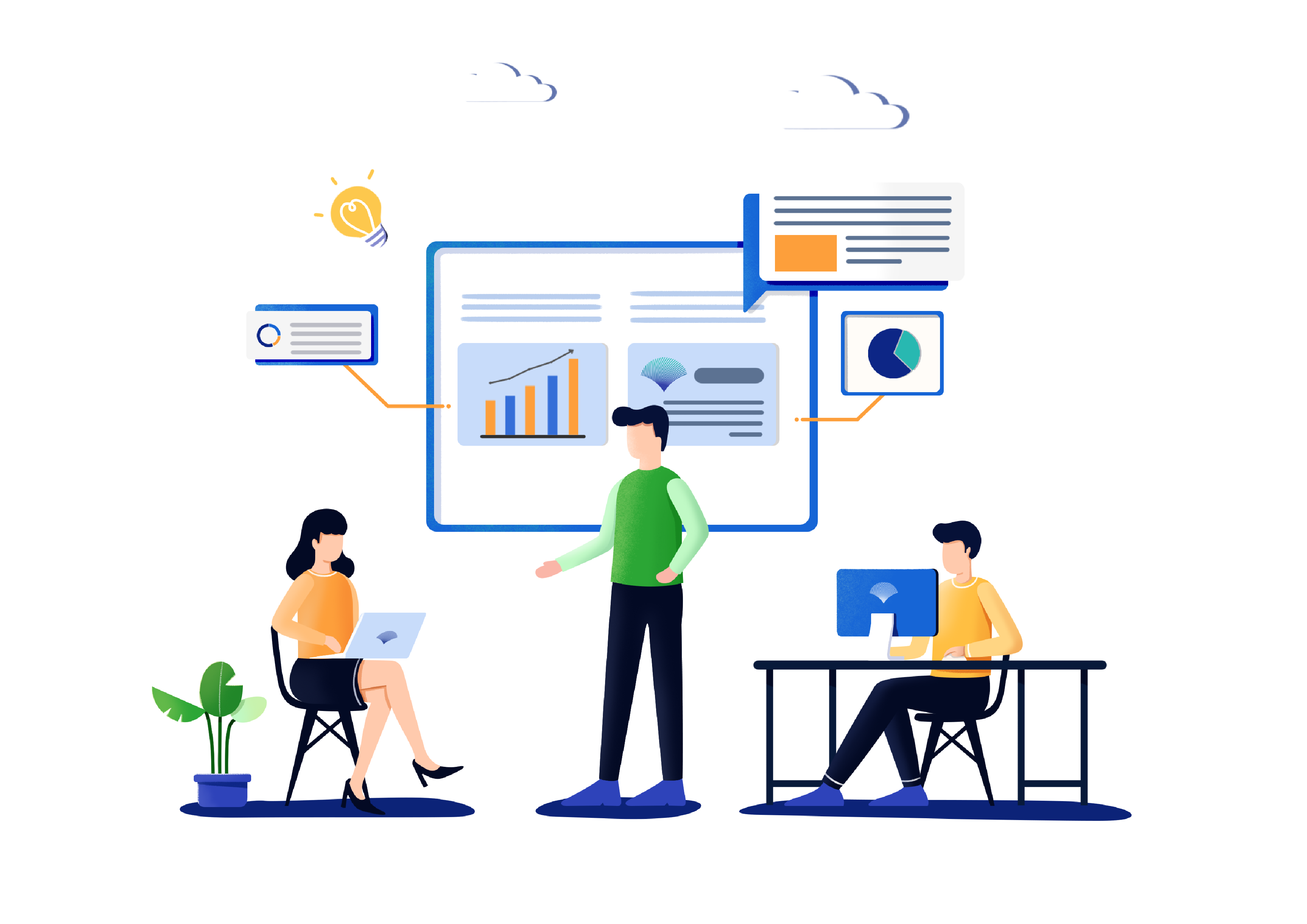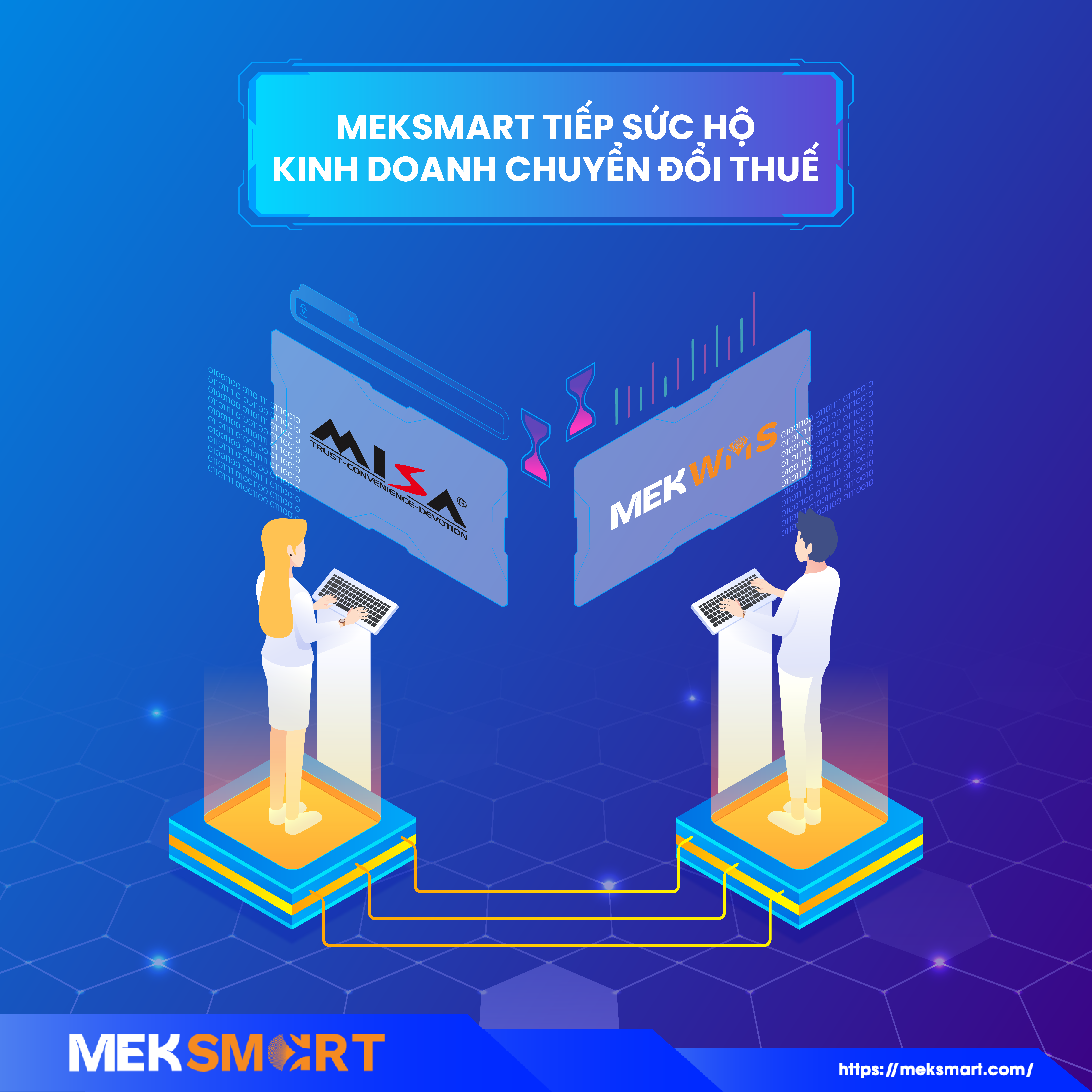MEKSMART
GENERAL NEWS
Author: Meker Meksmart
Update: 05/01/2023
HOW DOES THE TRANSPORTATION MANAGEMENT SYSTEM WORK?
A transportation management system or TMS is basically a repository of detailed information about carriers, but it is also a transaction and communication system that allows users to plan, execute, and track shipments. So how does TMS work? Find out right in the following.
How does the transportation management system work?
To do all of the functions mentioned above, the transportation management system must have strong integration with the service provider's systems and data sources or some way to download information about the service provider.
It must also facilitate the entry of customer orders specifying what will be shipped. Typically, orders come in automatically from ERP or an order management system integrated with TMS.
A TMS will sometimes be integrated with a warehouse management system (WMS) to enable better coordination of tasks occurring at the warehouse and shipper interface, such as palletizing goods, labor planning, yard management, load building, and cross-connecting.
The three main SCM systems are ERP, WMS, and TMS. Each system has an important but largely different role in handling orders.
The integration between the three categories allows them to share some of the types of standard data and documentation needed to get the right product to customers on time as efficiently as possible.

(Source: TechTarget)
Below is a brief summary of the functionality of ERP and WMS systems as well as how ERP systems relate to TMS.
ERP system handles accounting and most invoices, order management, and inventory management.
The WMS's role is to help users manage tasks completed, shipped, and received in warehouses or distribution centers, such as "selecting" goods from shelves to ship or storing received goods.
Its role in inventory is to track inventory data coming from barcode readers and radio frequency identification (RFID) tags and update the inventory management module in the ERP system to ensure it has the latest information.
Link integration of inventory data synchronization in ERP and WMS systems. ERP system exports the order information that TMS needs to prepare and execute shipments.
In addition to basic information such as the customer's name and address, the data flow from the ERP system also includes detailed information about the item to ensure the right product is shipped.
TMS returns the shipment details that the ERP system needs for order management and accounting functions, such as tracking numbers, carrier names, and costs.
Shipment information can also be routed to a customer relationship management (CRM) module so that sales and customer service can update customers on the status of their orders.
Epilogue
The above is how the transport management system works. Meksmart hopes that the article can provide all the information you need. If you are looking for a transportation management solution for your business, schedule a free demo from Meksmart now.
Read more: Why do use transportation management software?













